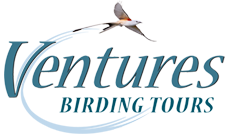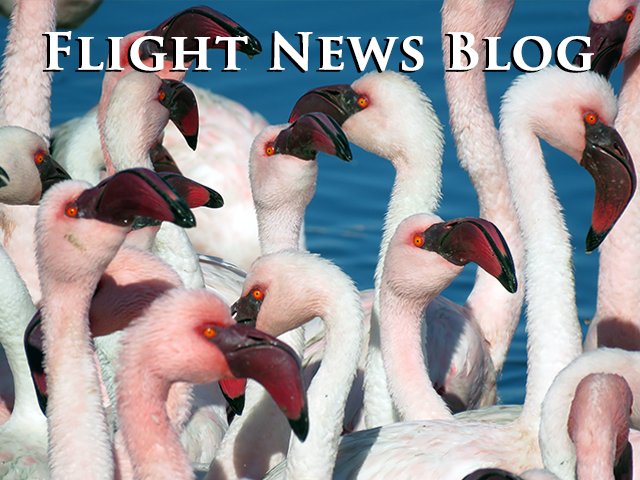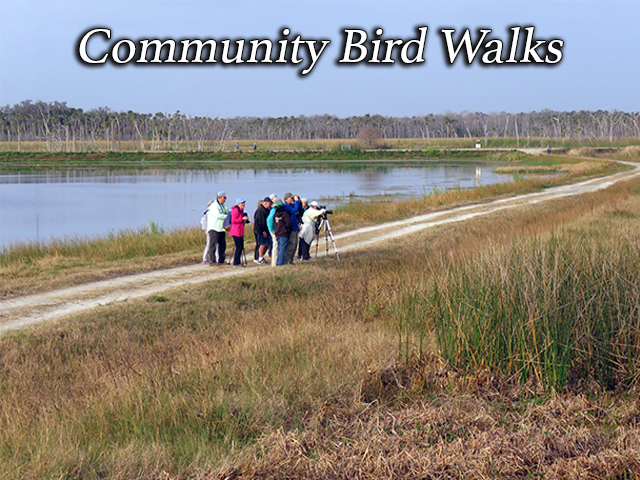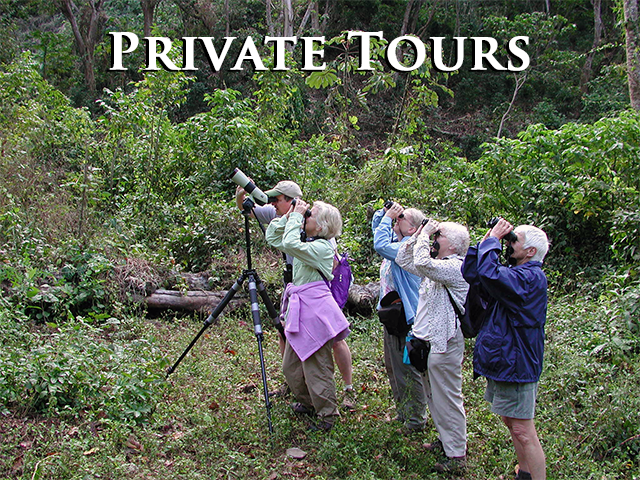Coastal South Carolina’s Top Hotspots
Huntington Beach State Park
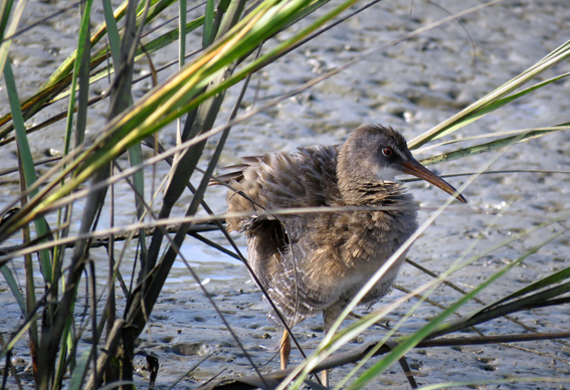
February 7-11, 2024

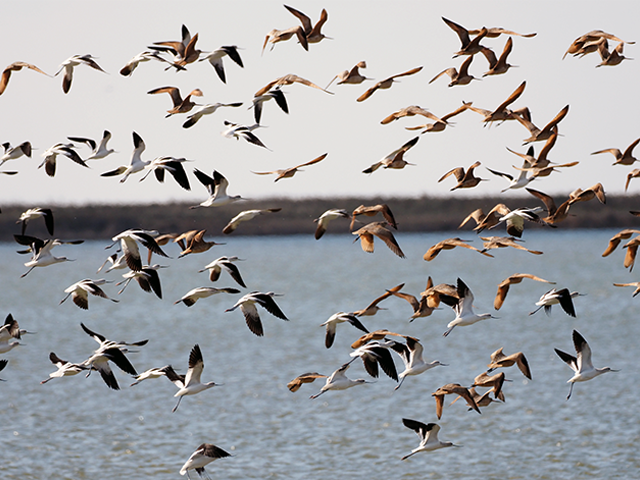

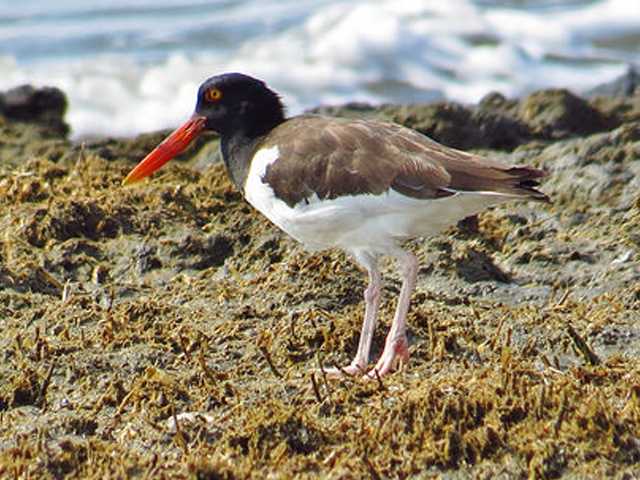
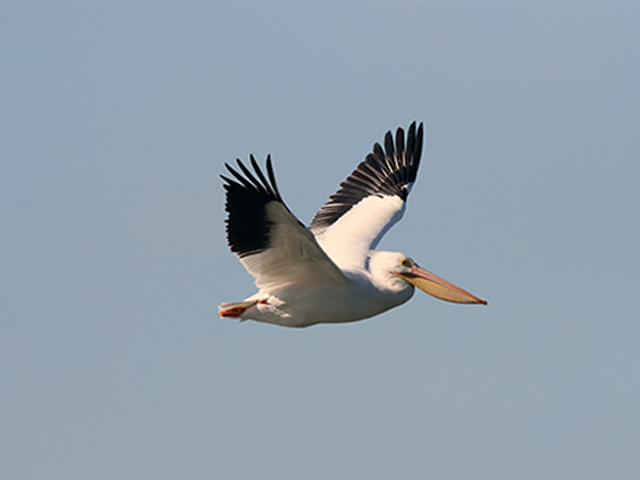
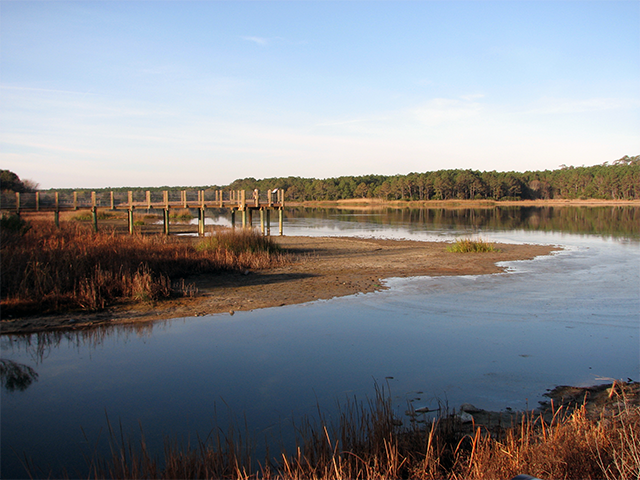
Your place on this Venture is reserved when your completed registration form and deposit of $300/person has been received. Deposit may be made via the ‘book now’ button above, or by contacting the Ventures office. We accept credit cards for an additional fee (2.9% for MC, Visa, Discover; 3.9% for AmEx), but you may also pay by bank transfer, cash, check, or money order (payable to ‘VENTURES BIRDING’) sent to PO Box 1095, Skyland, NC 28776. This Venture is limited to 10 participants.
Cost of the SC Venture: $1,495 per person, based on double occupancy, from Charleston, SC; Single supplement $360 Price includes: All ground transportation in South Carolina, all meals, taxes, entrance fees, trip information packet, bird list, and services of 2 Ventures guides, snacks and drinking water. Not included: Round trip airfare to Charleston, alcoholic beverages, gratuities, laundry, and items of a personal nature.
Join Craig and Pam for this exploration of Coastal South Carolina’s best hotspots!
This venture will focus on coastal South Carolina, a region where most of the coast is under federal, state, and private protection primarily for conservation interests. With over 1.5 million acres in the coastal conservation estate, coastal South Carolina provides breeding, migratory, and wintering habitat for over 350 species. Because of the vast amount of acreage in public conservation and protection, the sheer diversity of species occurring in the coastal plain, and the ease of access to many of these areas, coastal South Carolina is a sought-after destination for observing hundreds of species in just a short amount of time!
We will visit at least 5 of the top 25 birding hotspots in South Carolina (we are close to 20 additional ones, indicating the importance of the coast to birds), with the #1 hotspot, Huntington Beach State Park, first on our list to visit. Here we will look for seabirds, shorebirds, waterfowl, and wading birds - this place has it all! This park has marine, freshwater, and brackish wetlands, dunes and grasslands, and maritime forests, all just south of the highly-developed Myrtle Beach area, making these important protected habitats of the park a haven for a high diversity of species. Grassland here have held longspurs and pipits in the past, and the jetty area is often good for any Alcids (Murres, Guillemots, Razorbills, Dovekie) that have moved south. This area is also good for all of the common sea ducks including all three scoter species, Red-breasted Merganser, Bufflehead, and occasionally Long-tailed Duck, Common Eider, and Harlequin. We will next spend a full day at Santee Coastal Reserve, a 24,000-acre wildlife management area, that has vast managed wetlands, maritime forest, and extensive mature longleaf pine forests. Species to focus on here will be the longleaf pine specialties such as Red-cockaded Woodpecker, Bachman’s Sparrow, Brown-headed Nuthatch, and possibly Henslow’s Sparrow. Other target species are waterfowl, and Eurasian Wigeon and Cinnamon Teal often visit here for the winter. Barn Owls are often easy to see roosting in nest boxes, and this is one area where one can get 8 species of woodpecker in the winter. Next, we will head south of Charleston to visit two of the best wildlife management areas in the state, Bear Island and Donnelley WMAs, encompassing approximately 20,000 acres of managed wetlands, maritime forests, oak-pine forests, with some agricultural fields. Focus will be waterfowl, wading birds, and any shorebirds that might be using managed wetlands that have been dewatered. This is in the heart of the historic rice culture, and much of what we see being used to manage the wetlands is identical to what the enslaved Americans built in the 1600s and which produced world famous rice. There are thousands of acres here to explore! Bear Island in winter is known for high numbers of waterfowl species, American White Pelicans, Tundra Swans, and American Avocets in the winter. Donnelley is known for wintering Roseate Spoonbills, waterfowl (sometimes Eurasian Wigeon and Common Goldeneye), wading birds (Glossy and White Ibis), and Red-cockaded Woodpecker. The fourth day will be a short day and we will likely visit area(s) that may be holding rarities in the area. A visit to East Kiawah Beach will be a must, where there could be hundreds to over a thousand shorebirds and waterbirds easily viewed from the beach in a tidal pool. A Bar-tailed Godwit has been there the past two winters, and at one time three species of godwit were in the same tidal pool (Bar-tailed, Hudsonian, and Marbled)!
We can expect to see approximately 150 species or more on this trip, including all waterfowl species that winter in South Carolina, and hopefully some of the rarer ones. We should also see almost every heron and egret species that can be found in the state, and a total of around 20 shorebird species.
*Requires a side trip to a local residence in the Charleston area
Some of the Birds We Hope to See
All three scoter species (Black, White-winged, Surf), Black-bellied Whistling Duck, Eurasian Wigeon, Tundra Swan, American Black Duck, Mottled Duck (and many other diving and puddle ducks); Clapper, King, and Virgina Rail, Sora, Limpkin*; American Avocet, American Oystercatcher, Piping Plover, Red Knot, Bar-tailed Godwit, Purple Sandpiper (and many other species of shorebird); Bonaparte’s Gull, Great Black-backed and Lesser Black-backed Gulls, and at least three other species of gull; Northern Gannet, Anhinga, Common Loon, Horned Grebe, American White Pelican, American Bittern, Roseate Spoonbill, Barn Owl, 8 species of woodpecker (Red-cockaded, Hairy, Downy, Pileated, Northern Flicker, Yellow-bellied Sapsucker, Red-headed, Red-bellied), American Kestrel, Western Kingbird, White-breasted and Brown-headed Nuthatches, Sedge Wren, Hermit Thrush, Purple Finch, American Goldfinch, Saltmarsh Sparrow, Nelson’s Sparrow, Seaside Sparrow, Baltimore Oriole*, Orange-crowned Warbler, Pine Warbler.
